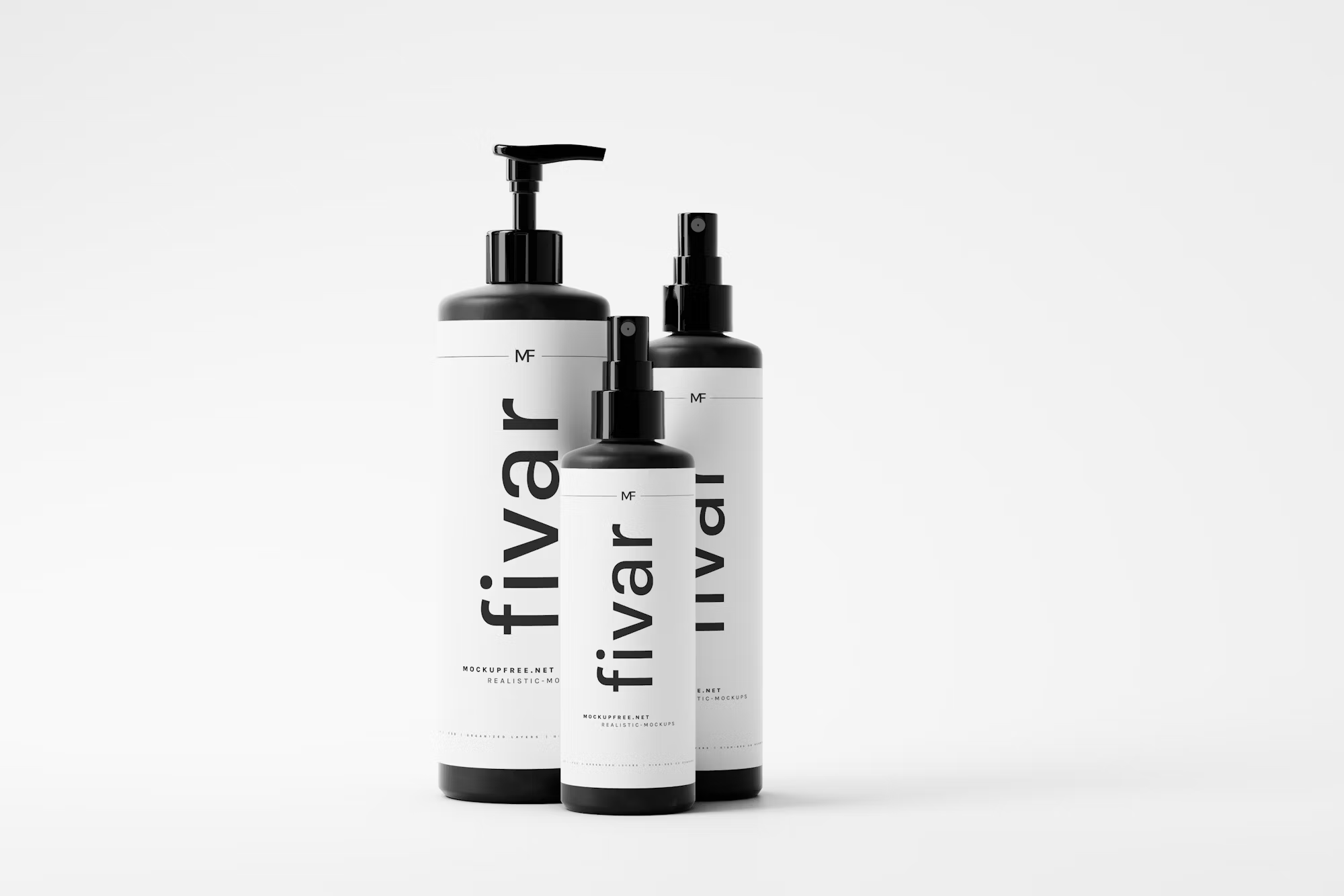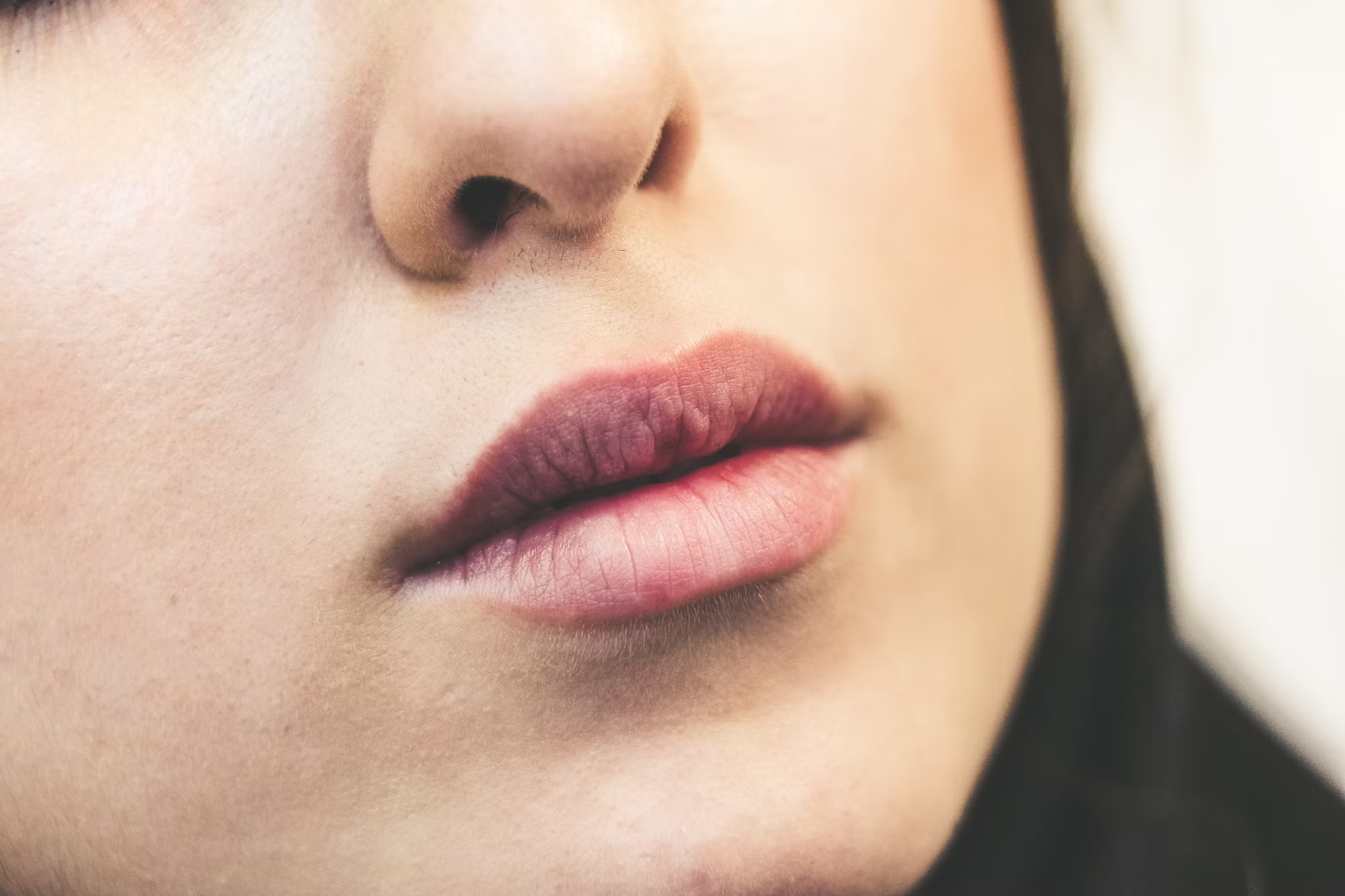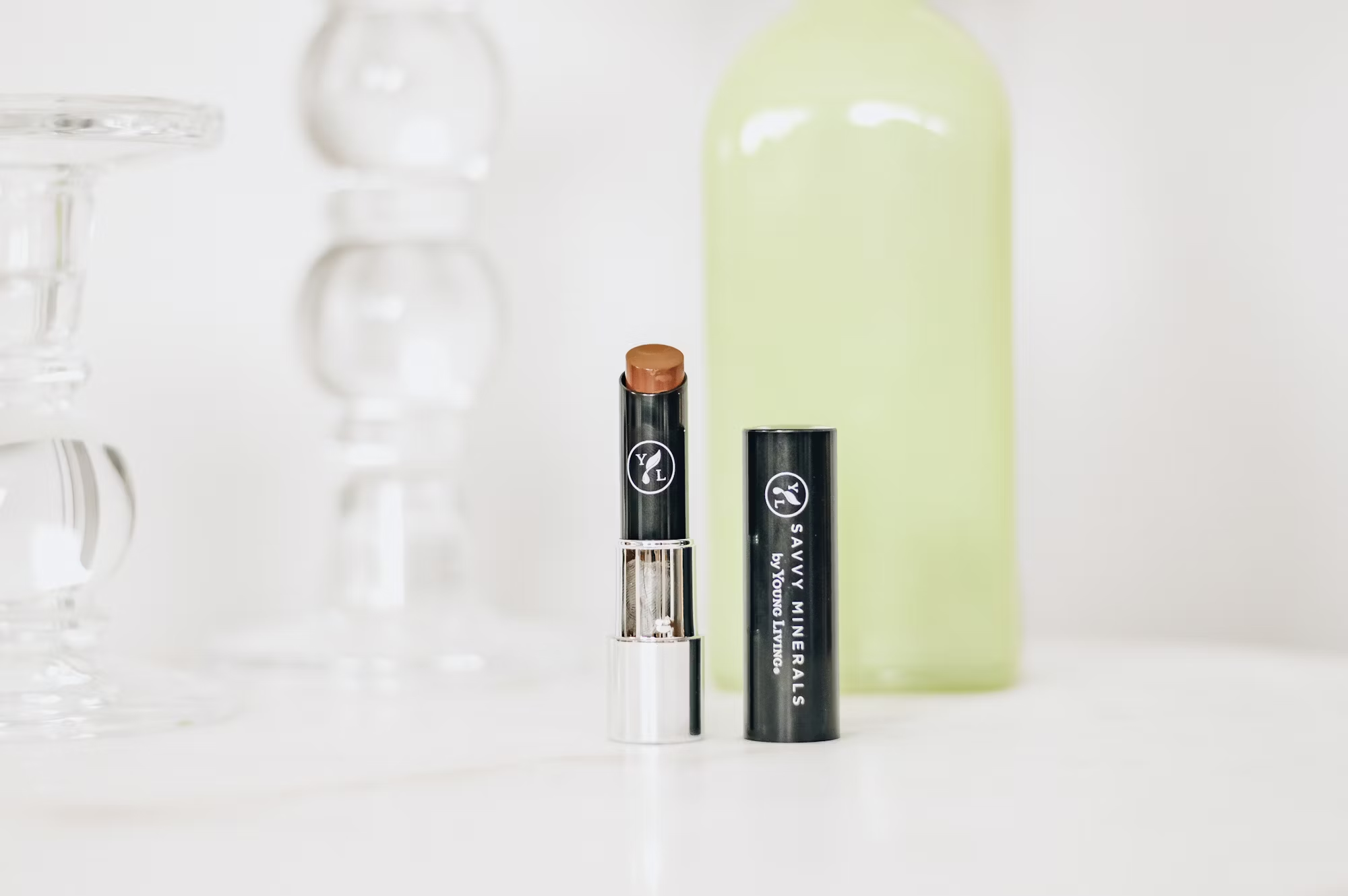Achieving radiant skin is a goal many strive for, yet navigating the world of skincare can often feel overwhelming. With countless products and techniques available, it’s essential to understand your skin type and what it truly needs. This comprehensive guide will walk you through the fundamentals of skincare, offering practical tips for every skin type, from oily to dry, and everything in between.
Understanding Your Skin Type
The foundation of an effective skincare routine lies in understanding your skin type. Skin can generally be classified into five main categories: normal, oily, dry, combination, and sensitive. Recognizing your skin type is crucial for selecting the right products and treatments.
– Normal Skin: Characterized by balanced oil production, normal skin appears smooth and has few blemishes. If you have normal skin, your focus should be on maintaining balance through gentle cleansing and hydration.
– Oily Skin: Oily skin often appears shiny and may be prone to breakouts. This type typically requires products that control oil production and minimize shine, such as gel-based cleansers and lightweight moisturizers.
– Dry Skin: Dry skin can feel tight or flaky and may show signs of rough texture. Hydration is key for dry skin, so opt for rich moisturizers and hydrating serums that provide essential moisture and nourishment.
– Combination Skin: Combination skin presents a mix of both oily and dry areas, often with an oily T-zone and dry cheeks. A balanced skincare routine that addresses both needs is essential.
– Sensitive Skin: Sensitive skin is prone to redness, irritation, and reactions to products. Gentle, hypoallergenic products are best for soothing and protecting sensitive skin.
Building Your Skincare Routine
Once you’ve identified your skin type, the next step is to create a personalized skincare routine. A basic regimen typically includes cleansing, toning, moisturizing, and sun protection.
1. Cleansing: The first step in any skincare routine is cleansing. Use a gentle cleanser appropriate for your skin type. For oily skin, gel or foaming cleansers can effectively remove excess oil, while cream-based cleansers work well for dry skin, providing hydration as they cleanse. Cleanse your face twice a day—once in the morning and once at night—to remove impurities and prepare your skin for the next steps.
2. Toning: Toners can help balance the skin’s pH levels and remove any remaining impurities after cleansing. Look for alcohol-free toners to avoid drying out your skin. For oily skin, toners with salicylic acid can help control breakouts, while hydrating toners with ingredients like rose water are ideal for dry or sensitive skin.
3. Moisturizing: Regardless of your skin type, moisturizing is essential. Oily skin benefits from lightweight, oil-free gels, while dry skin requires richer creams to lock in moisture. Combination skin may require a combination of products—lighter formulations for oily areas and richer ones for dry patches.
4. Sun Protection: Sun protection is a non-negotiable step in any skincare routine. Daily application of sunscreen is vital to protect your skin from harmful UV rays, which can cause premature aging and skin damage. Choose a broad-spectrum sunscreen with at least SPF 30 and apply it every morning, even on cloudy days.
The Importance of Exfoliation
Exfoliation is a crucial step in any skincare routine that helps remove dead skin cells, promoting cell turnover and a brighter complexion. However, it’s essential to choose the right type of exfoliation for your skin type.
– Physical Exfoliation: This involves using scrubs or tools to manually remove dead skin cells. If you have sensitive or dry skin, be gentle and use a scrub with fine particles to avoid irritation.
– Chemical Exfoliation: This method uses acids or enzymes to dissolve dead skin cells. AHAs (alpha hydroxy acids) are suitable for dry skin, while BHAs (beta hydroxy acids) are great for oily and acne-prone skin. Aim to exfoliate 1-3 times a week, depending on your skin’s sensitivity and needs.
Hydration and Masks
Incorporating hydrating masks and treatments into your routine can elevate your skincare game. Hydrating masks are especially beneficial for dry and sensitive skin, providing an extra boost of moisture. Look for ingredients like hyaluronic acid, glycerin, and aloe vera.
For oily or combination skin, clay masks can help absorb excess oil and minimize the appearance of pores. Applying a mask once or twice a week can significantly enhance your skin’s overall appearance and health.
Targeted Treatments
Once you have a solid foundation of basic skincare, you can introduce targeted treatments to address specific concerns. Serums, spot treatments, and oils can provide focused solutions for issues such as acne, hyperpigmentation, or fine lines.
– Serums: Lightweight and packed with active ingredients, serums can target specific concerns. For example, vitamin C serums can brighten skin and reduce dark spots, while retinol serums promote cell turnover and reduce the appearance of fine lines.
– Spot Treatments: For those with occasional breakouts, spot treatments with benzoyl peroxide or salicylic acid can help reduce inflammation and promote healing.
– Facial Oils: Incorporating facial oils can provide additional moisture and nourishment, particularly for dry or mature skin. Look for non-comedogenic oils that won’t clog pores.
Lifestyle Factors for Healthy Skin
Skincare goes beyond just topical products; lifestyle choices also play a significant role in the health of your skin. Consider the following factors:
– Diet: A balanced diet rich in fruits, vegetables, whole grains, and healthy fats can greatly benefit your skin. Foods high in antioxidants, such as berries and leafy greens, can protect your skin from damage.
– Hydration: Drinking enough water is vital for keeping your skin hydrated from the inside out. Aim for at least eight glasses of water a day to support your skin’s health.
– Sleep: Quality sleep is essential for skin repair and rejuvenation. Aim for 7-9 hours of restful sleep each night to promote healthy skin.
– Stress Management: High stress levels can lead to skin issues, such as breakouts and irritation. Incorporate stress-reducing practices like yoga, meditation, or hobbies you enjoy to maintain your skin’s health.
Regular Skin Check-ups
Don’t underestimate the importance of regular skin check-ups with a dermatologist. Professional evaluations can help you identify any underlying skin issues and receive personalized advice tailored to your skin’s needs. Regular visits can also catch potential concerns early, ensuring your skin remains healthy and vibrant.
Conclusion: Embrace Your Skin Journey
Embarking on a skincare journey is about more than just achieving glowing skin; it’s about embracing your unique skin and learning how to care for it effectively. By understanding your skin type, building a personalized routine, and adopting healthy lifestyle habits, you can nurture your skin and allow its natural beauty to shine through. Remember, consistency is key, and with dedication and the right knowledge, you can achieve the healthy, radiant skin you’ve always desired.





